Technology to operate Venus flytrap with smartphone is developed

Singapore
An on-demand plant-based actuator created using conformable electrodes --An on-demand plant-based actuator created using conformable electrodes.pdf
(PDF file) https://www3.ntu.edu.sg/CorpComms2/Research%20Papers/An%20on-demand%20plant-based%20actuator%20created%20using%20conformable%20electrodes.pdf
NTU Singapore scientists develop device to'communicate' with plants using electrical signals
https://media.ntu.edu.sg/NewsReleases/Pages/newsdetail.aspx?news=ec7501af-9fd3-4577-854a-0432bea38608
Researchers Develop Device That Can'Communicate' with Plants
https://sciencemint.com/researchers-develop-device-that-can-communicate-with-plants/
The outline of the experiment is briefly summarized in the following movie.
NTU Singapore scientists develop device to'communicate' with plants --YouTube
It has long been known that plants sense the environment and emit electrical signals.

However, the signal was very weak.

Therefore, researchers have developed a 'communication device' that can send and receive weak signals by attaching electrodes to the surface of Venus flytrap using

This electrode is about 3 mm in size and deformable, so it can be easily attached to the stalk of a hairy Venus flytrap.
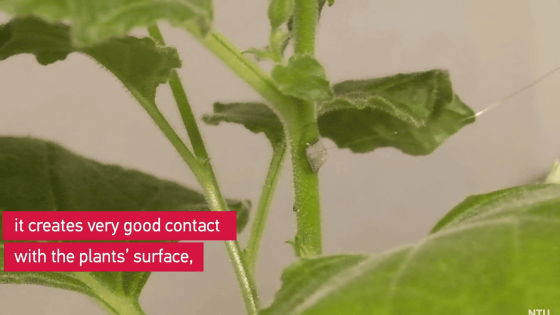
This electrode can sense the electrical signal emitted by the Venus flytrap.

In addition, researchers thought that the leaves of Venus flytrap could be moved by sending an electrical pulse of a specific frequency to the electrodes, and attached the electrodes to the leaves.
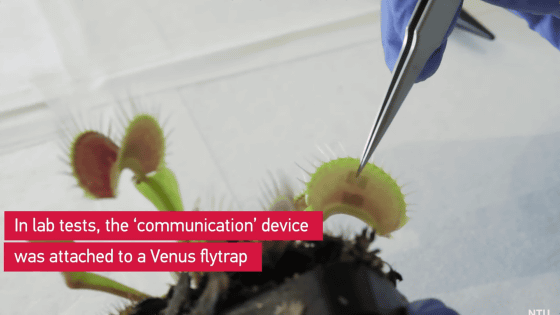
Sending an electrical signal to Venus flytrap using a smartphone ...
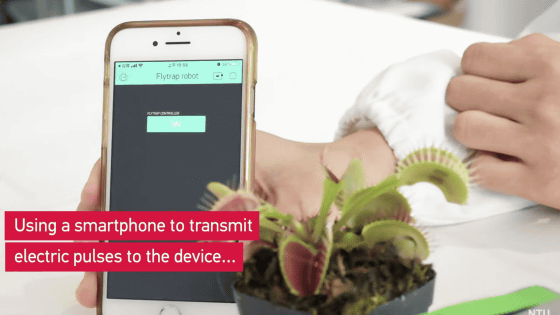
We succeeded in closing the leaves of Venus flytrap.
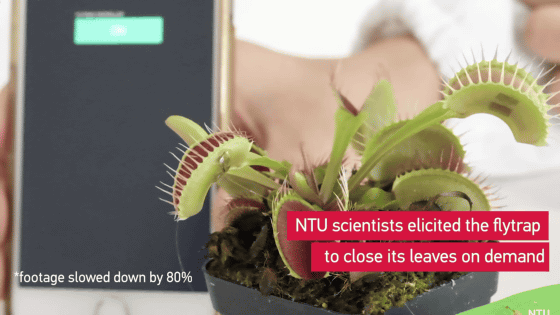
It is also possible to lift a wire with a diameter of 0.5 mm by closing the leaf of Venus flytrap attached to the tip of the arm like a clothespin.
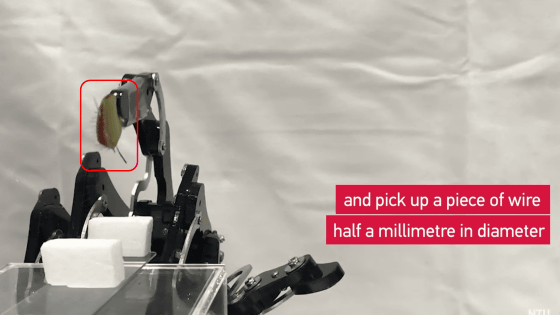
Researchers hope that this technology can be used to monitor the health of plants, quickly detect diseases, and create robots made of plants that gently lift fragile objects.
Related Posts:







